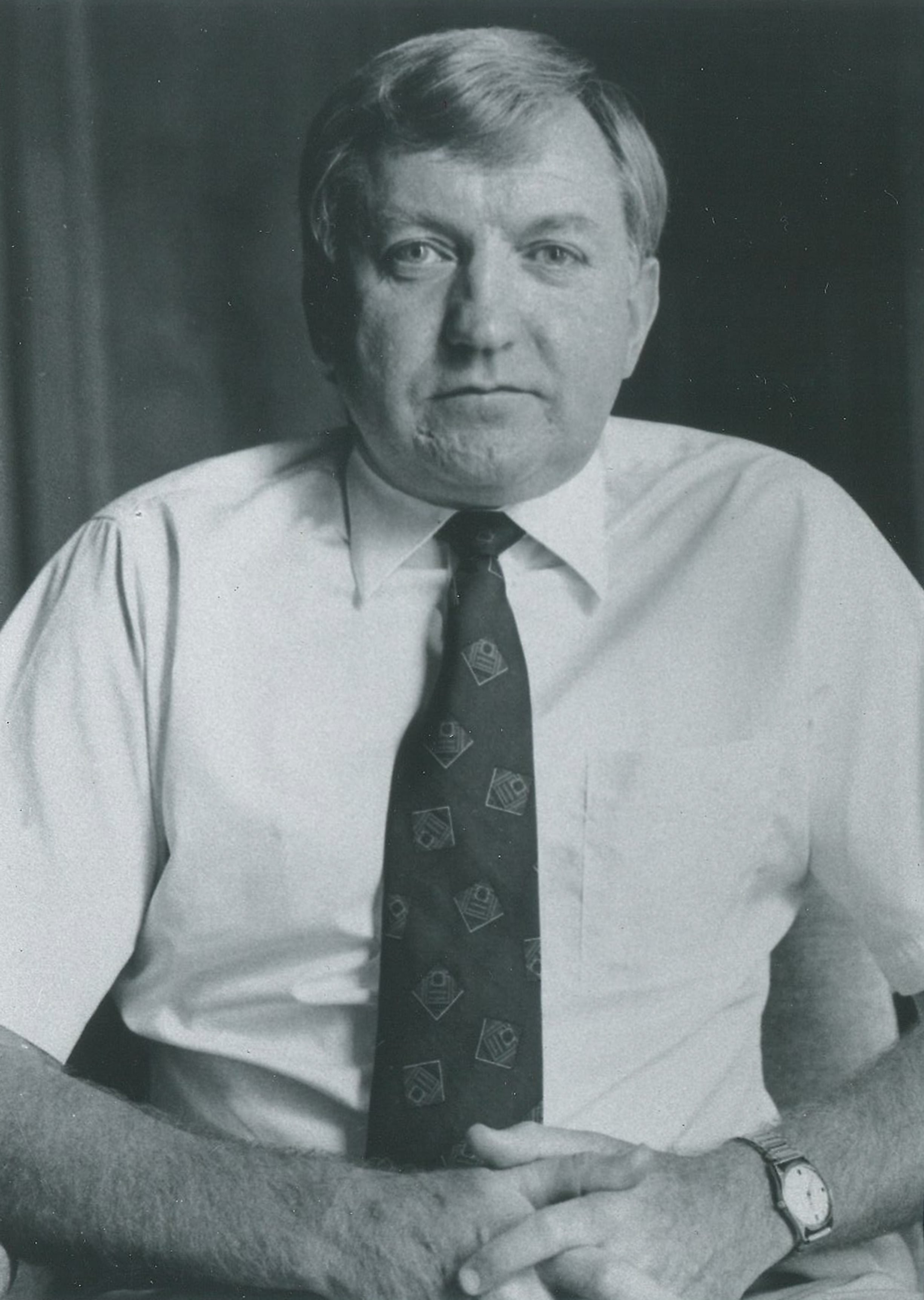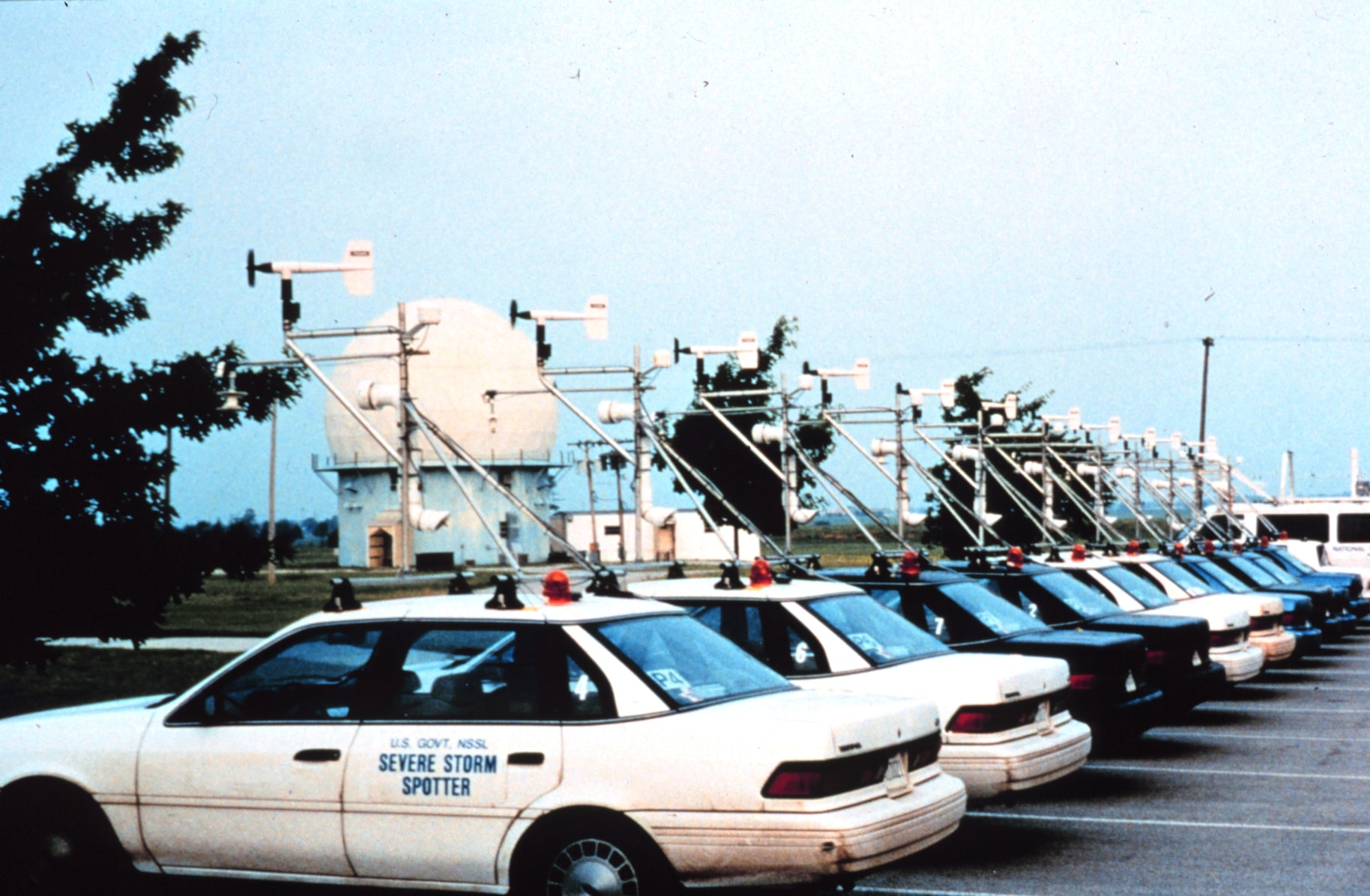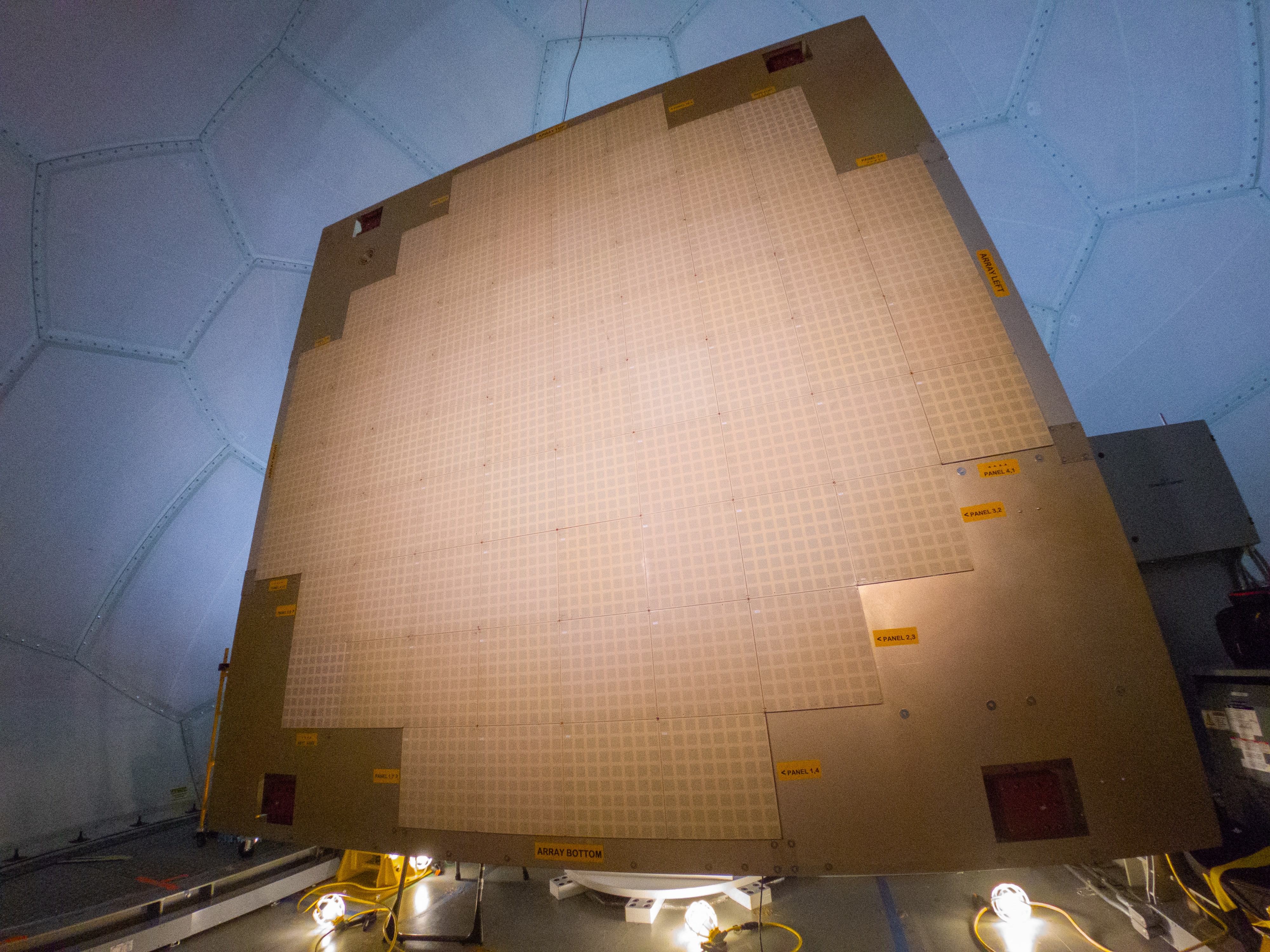Please resize your screen in order to view site.
The Cooperative Institute for Severe and High-Impact Weather Research and Operations (CIWRO) was established in 2021, and extends
cooperative programs between the National Oceanic and Atmospheric Administration (NOAA)
and the University of Oklahoma (OU). CIWRO
provides a mechanism that links the scientific and technical resources of OU and NOAA. CIWRO scientists and students conduct research
in weather radar and operations, mesoscale and stormscale modeling, forecast applications improvements, subseasonal-to-seasonal prediction
for extreme weather events, and social and socio-economic impacts of weather. CIWRO is one of 19 NOAA Cooperative Institutes.
Our research contributes to the NOAA mission by
improving the observation, analysis, understanding, and prediction of weather elements and systems and climate anomalies
ranging in size from cloud nuclei to multi-state areas. The continued advances in observational and analytical techniques lead to an improved
understanding of the evolution and structure of these phenomena that provides more accurate prediction
of hazardous weather and anomalous regional climate. This in turn contributes to improved social and economic welfare.
Because small-, meso-, and regional-scale phenomena are important causes and manifestations of climate,
CIWRO research furthers the understanding of the global climate system and regional climate variability.
Altogether CIWRO promotes collaboration between scientists at OU and those within NOAA, by providing a center where these two groups
may work together to learn about, and apply their knowledge of, mesoscale weather and regional-scale climate processes.
 Skip to main content
Skip to main content








